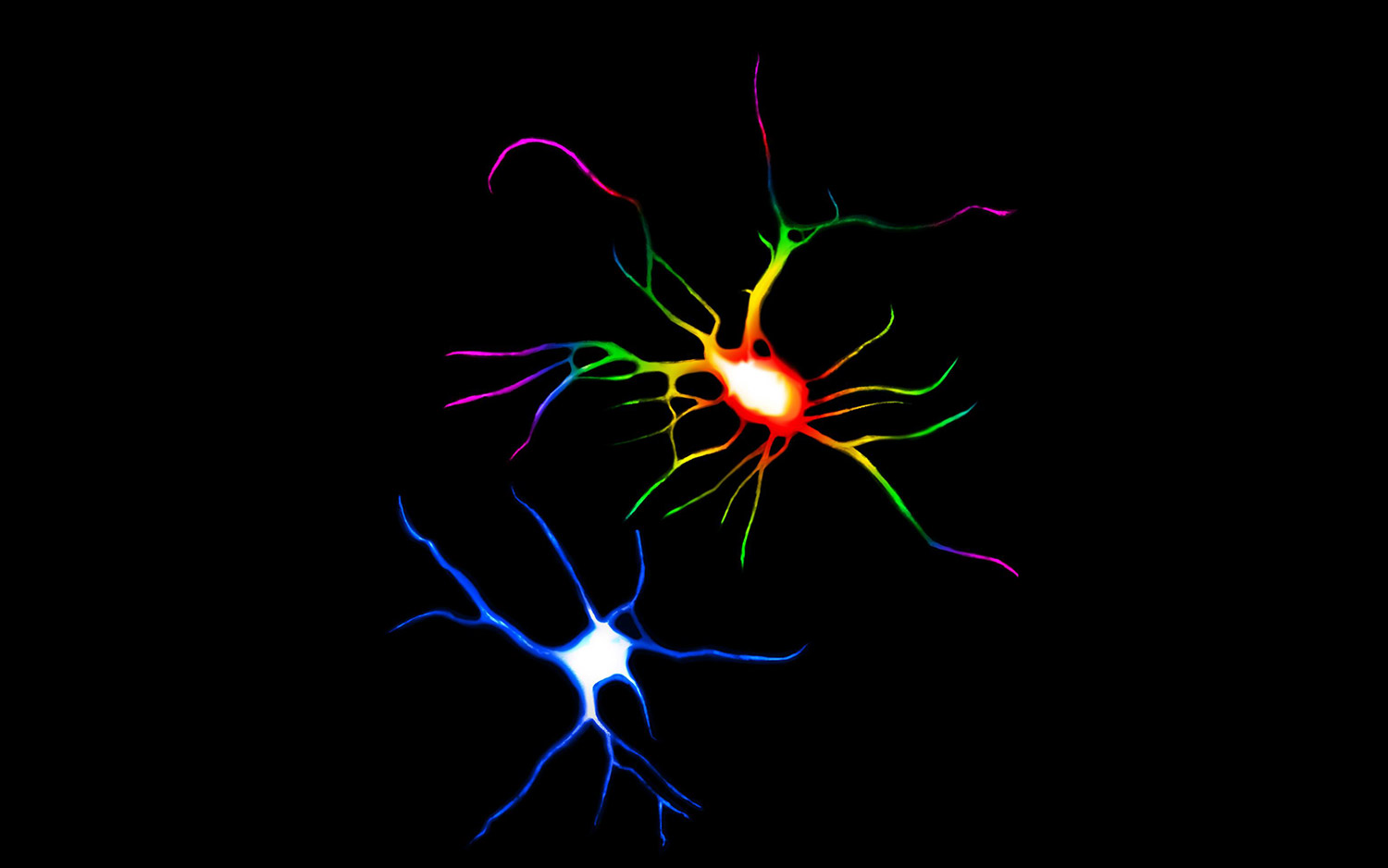Psychedelic Drugs May Change the Structure of Brain Cells

It's no surprise that psychedelic drugs such as LSD and ecstasy alter brain function, leading to the drugs' "trippy" effects and possible hallucinations. But now, researchers have shown that these drugs can also physically alter the brain, changing the structure of brain cells.
The new study was done on nerve cells in lab dishes and in animals, but if the findings also hold true in humans, these drugs could have surprising benefits for patients with certain mood disorders, the researchers said.
That's because, in people with depression or mood and anxiety disorders, neurons in the prefrontal cortex — an area of the brain that's important in part for controlling emotion — tend to shrivel up, said senior study author David Olson, an assistant professor of chemistry, biochemistry and molecular medicine at the University of California, Davis. What's more, the branches and dendritic spines on the neurons' branches — which they use to communicate with other neurons — tend to retract, he said. [11 Odd Facts About 'Magic' Mushrooms]
In the study, published today (July 12) in the journal Cell Reports, Olson and his team found that psychodelic drugs increase the number of branches and dendritic spines on neurons, and also increase the number of synapses, or connections between neurons.
"Psychedelics are able to actually [change] neuronal structure, [and] that's really important because [brain] structure controls function," Olson told Live Science. That means it's possible that these drugs could help repair brain networks in the prefrontal cortex that might be damaged in conditions like anxiety and depression, he said.
To study these neuron-changing effects, the researchers first tested the effects of various psychedelic drugs on rat neurons in petri dishes. They found that most of these drugs — including LSD (lysergic acid diethylamide) and MDMA (3,4-methylenedioxy-N-methylamphetamine), the active ingredient in ecstasy — increased the number of synapses, branches and dendritic spines on the rat neurons.
In the next part of the study, the researchers gave psychedelics to fruit flies and found that the number of branches in their neurons again increased with the drugs.
Get the world’s most fascinating discoveries delivered straight to your inbox.
Finally, the researchers gave rats a psychodelic drug called DMT (N,N-dimethyltryptamine). DMT is the compound responsible for the psychedelic effects of ayahuasca, an herbal tea from the Amazon. The researchersfound that, although the drug's effects didn't last long — most of the drug was eliminated from the rats' systems within a few hours — their brains continued to rewire for at least 24 hours.
Olson said the findings were comparable to how a drug called ketamine, which is used primarily as an anesthetic but is gaining popularity as a means of treating depression, worked. "Ketamine is probably the state-of-the-art, fast-acting antidepressant," Olson said. "When we first started this work, there really [weren't] many options for promoting [changes to the brain's structure]. Ketamine was one of the few."
Indeed, a major focus of the team's research has been to find compounds that have ketamine-like effects, to better understand the mechanism by which these drugs can change the brain, he said. Some psychedelics might have less addictive potential than ketamine, Olson added.
The "slow-acting, more traditional anti-depressants … also cause structural changes in the brain," Olson said. (These include selective serotonin reuptake inhibitors, or SSRIs, such as Prozac and Zoloft.) "But we're looking for something that can cause those structural changes fast," he added. In the study, Olson's team reported that, after 24 hours, they saw structural changes in rat brains, but now they want to see if these changes actually happened quicker than that.
"I don't think psychedelics themselves are going to ever be viable therapeutics, but I do think that they can be used to inspire drugs," Olson said. "What we want is something that people can take home and put in their medicine cabinets to ease their depression, and these kinds of drugs that have profound impacts on perception and are known as drugs of abuse — we just can't send people home with those."
Originally published on Live Science.

Yasemin is a staff writer at Live Science, covering health, neuroscience and biology. Her work has appeared in Scientific American, Science and the San Jose Mercury News. She has a bachelor's degree in biomedical engineering from the University of Connecticut and a graduate certificate in science communication from the University of California, Santa Cruz.


